BRP – Elan Valley Aqueduct (Severn Siphon) – Birmingham Resilience Project (2018)
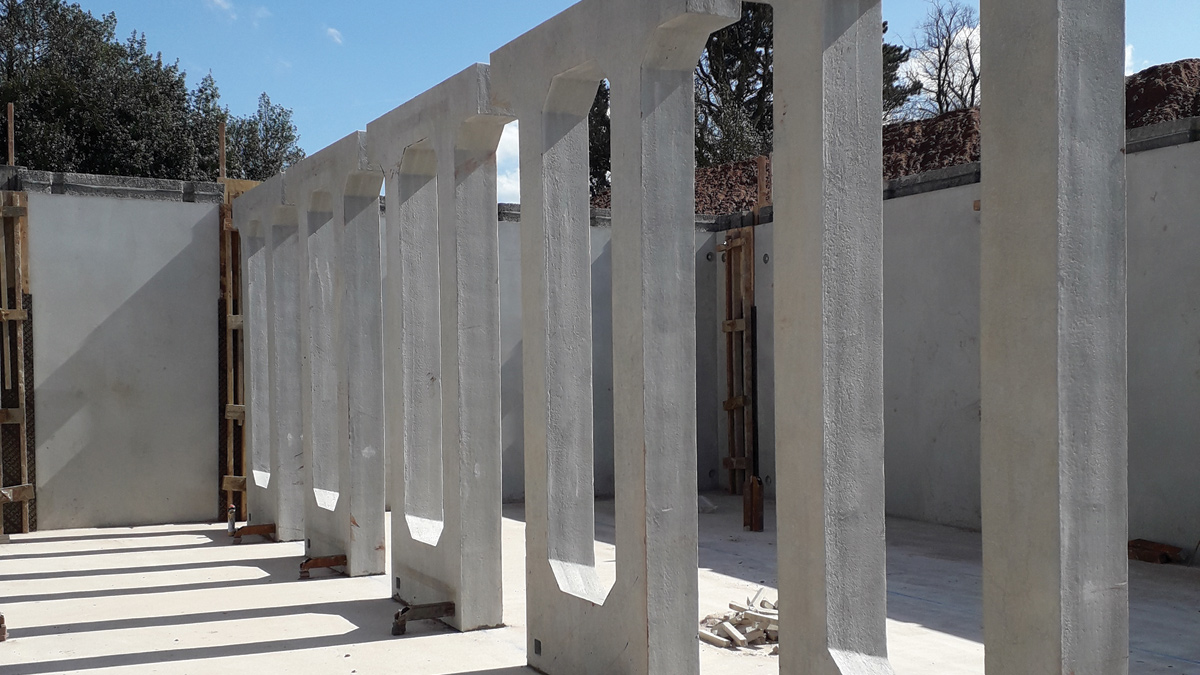
Attenuation tank during construction - Courtesy of Barhale Ltd
The Elan Valley Aqueduct (EVA) is a Victorian water structure built between 1893 and 1904. The aqueduct transports water entirely by gravity from the Elan Valley in Wales to Frankley Water Treatment Works in Birmingham, and comprises a combination of cut and cover conduits, siphons and tunnels. Over 100 years on and this aqueduct still provides drinking water to Severn Trent‘s customers in Birmingham. To ensure resilience to this supply, the aqueduct requires refurbishment and protection to safeguard its operational life, and this maintenance work forms part of the Birmingham Resilience Project. This case study focuses on the Severn siphon overflow and attenuation.
Background to the works
Wellhouse chambers exist at each of the transition points between tunnel/conduit and siphons. The Severn siphon outlet chamber is located on a hillside to the north of the village of Hagley, which is approximately 12km to the west of the city of Birmingham.
This project aims to safely capture and discharge all water from the aqueduct if a blockage to the EVA in the locality of Hagley occurs. The project is a resilience scheme and consists of several design aspects:
- A new actuated penstock at the Severn siphon inlet wellhouse, which is approximately 27km upstream of the Severn siphon outlet chamber.
- A new overflow system at Hopton outlet wellhouse, a further 2km upstream.
- A new overflow system and attenuation tank at Severn Siphon outlet chamber (Hagley).
Barhale and nmcn PLC (now Galliford Try), forming the BNM Alliance, were appointed by Severn Trent to deliver the Severn Siphon Scheme. The works areas are located in two areas:
- Hagley: Severn siphon outlet chamber.
- Cleobury Mortimer: Severn inlet wellhouse and Hopton outlet wellhouse.
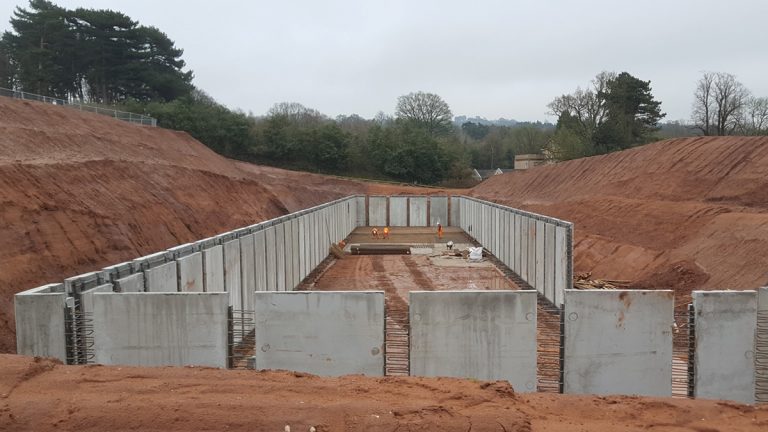
Commencement of attenuation tank construction following bulk excavation – Courtesy of Barhale Ltd
Design and construction
Severn Outlet overflow and attenuation: A new overflow structure has been constructed and tied into the existing Severn outlet chamber. A 3500m3 precast concrete attenuation tank (manufactured by Carlow Concrete) has been constructed below ground. These structures are connected with a 1000mm diameter Weholite® HDPE pipe.
Severn inlet automated penstock: The solution for this section of the scheme has been simplified by Nicholas O’Dwyer, the BNM Alliance’s design partner. Instead of constructing a valve chamber and installing 4 (No.) new valves on the 4 (No.) outlet pipes downstream of the existing wellhouse, the BNM Alliance will install one large automated penstock at the end of the Hollywaste conduit, where it joins the Severn inlet wellhouse. The penstock will automatically close if a blockage occurs downstream at Hagley.
Hopton outlet overflow: This new Hopton outlet overflow structure has been built to spill the water already contained within the EVA upstream of the Severn inlet wellhouse once the automated penstock at the Severn inlet has closed. It has been constructed approximately 10m downstream of the Hopton outlet wellhouse and has been tied into the existing Hollywaste conduit. 1km of 1050mm diameter twin walled HDPE pipework is connected to the overflow chamber which outfalls into a dissipation structure on the banks of the Hopton Brook.
The pipework passes through a narrow band of woodland on the eastern bank of the Hopton Brook, which has the potential for dormice. Therefore, it is crucial that environmental impacts are minimised.
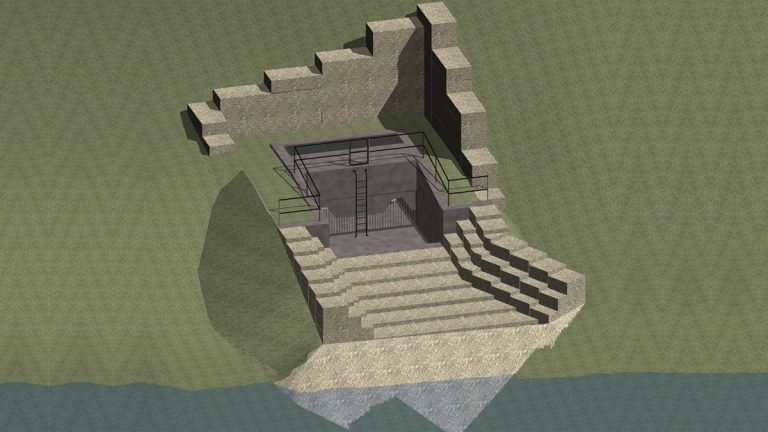
Dissipation structure – Courtesy of Barhale Ltd
Innovative design and construction
The project involved a number of innovative approaches in design and construction. These solutions reduced costs, time and environmental impacts.
Haul road at Hagley: The original solution was envisaged to use two conventional haul roads to gain access to separate parts of the site. One haul road would be constructed off a busy dual carriageway by crossing a high-pressure gas main to access the area where the attenuation tank is constructed and the other road constructed off an existing field opening to access the Severn outlet chamber. Instead, the team designed out the need to construct the originally proposed haul road accessing the attenuation tank area by re-profiling and then adjusting the route of the haul road used to access the Severn outlet chamber.
Geotech was appointed by the BNM Alliance to construct a stabilised solution for the development of this haul road. The road was constructed using a layer of 320mm stabilised material, with 100mm Type 1 surface. The binder used to create this stabilised layer is called ‘Geobind’ proprietary binder and was added to the existing spoil at an addition rate of 2% for the 320mm layer.
The haul road was stabilised to an end performance strength of 150+MPa (approximately 260kn/m2+). After final compaction, the treated stabilised material had 48 hours to cure before trafficking was allowed to commence.
This solution reduced programme time, carbon emissions and cost, as there was a significant reduction in aggregate import and disposal off site. The system also allows for land to be restored to optimum fertility after works are complete.
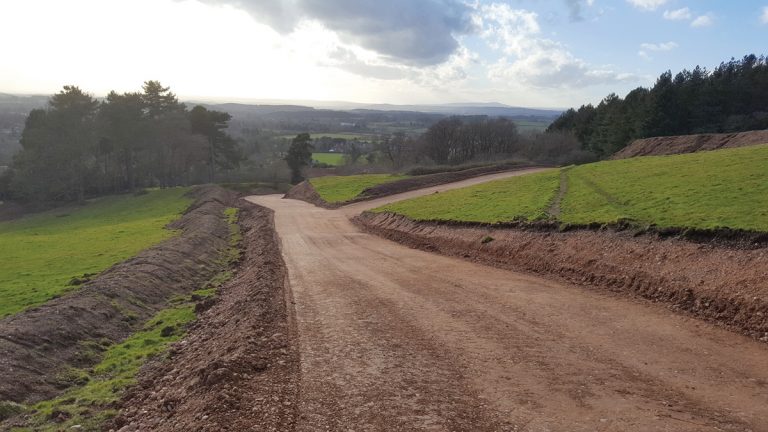
Haul road on completion – Courtesy of Barhale Ltd
Single automated penstock: The original solution proposed was to install automated valves to each of the four parallel siphon pipes exiting the Severn Inlet wellhouse, with an associated valve chamber. Instead, Nicholas O’Dwyer redesigned this section and simplified it by proposing one large automated penstock on the entrance to the wellhouse. This solution eliminates the risk of installing valves on pipework that is between 70 and 110 years old. It also saves time and cost, as the automated penstock can be installed during one shutdown of the EVA, whereas the original solution would have taken a number of shutdowns to construct.
The BNM Alliance carried out an internal 3D laser survey of the EVA, in this section, to supplement physical measurements made within the tunnel. This ensured that the penstock was fabricated to the correct dimensions at this geometrically complex location.
Directional drilled section at Hopton: The original solution for this section of the scheme was to open cut and install the overflow pipework to the Hopton Brook. Following the conclusion of the environmental surveys, it was noted that the woodland adjacent to the eastern bank of the Hopton Brook was prime habitat for nesting Dormice and contained mature trees.
Nicholas O’Dwyer re-designed this section to take into account environmental constraints surrounding the wooded area by proposing to drill under it using a large diameter directional drilling rig.
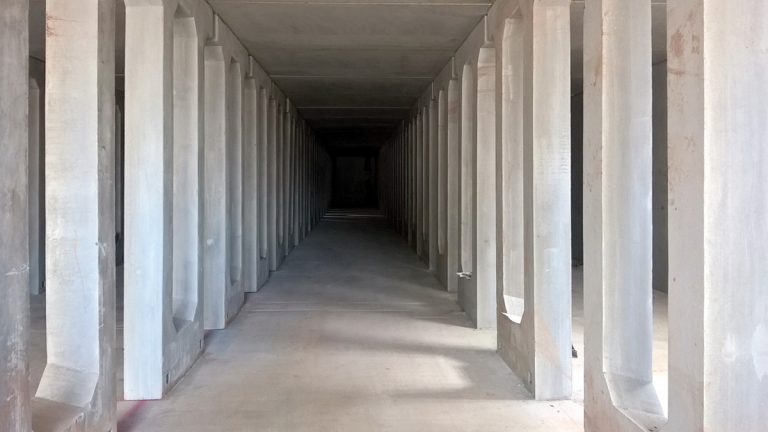
Inside the attenuation tank – Courtesy of Barhale Ltd
Overflow structures at Hopton and Severn outlet
Due to the age of the existing infrastructure, there are risks associated with exposure of, and tie-in to, the EVA. To mitigate this, the designs ensured that contact works on the EVA during the short shut downs were kept to a minimum and maximised the use of precast elements. This ensured that after shut downs, works on the overflow structures could be carried out safely.
The EVA shutdowns enabled the BNM Alliance to carry out activities prior to any heavy civil engineering works commencing. The BNM Alliance carried out 3D laser scans of the areas where the overflows were constructed, as well as instructing Geo-Observations to install real time monitoring systems using Shape Accel Arrays and vibration monitors to monitor any impacts that future works may have on the existing aqueduct.
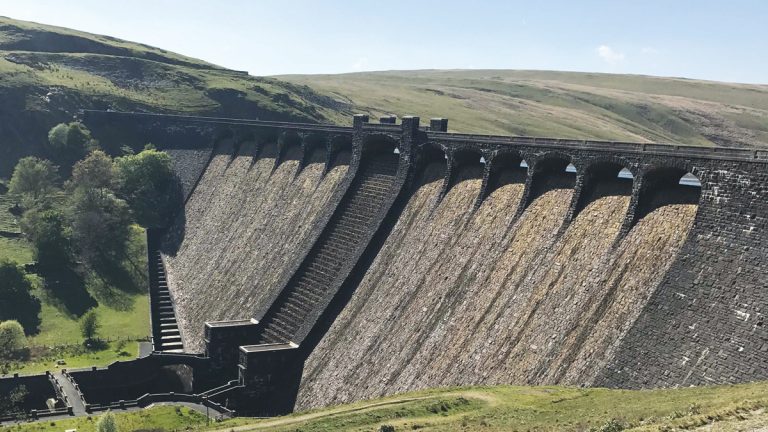
Elan Valley Aqueduct – Courtesy of Barhale Ltd
Conclusion
The project team has identified and secured significant programme and cost savings by demonstrating innovative designs and techniques at each site location on the Severn siphon project.
- By re-designing the haul road at Hagley, they have reduced the overall length of the haul road in comparison to the original design by 750m. As well as this, the haul road was constructed in an unconventional manner by using new and innovative techniques and materials reducing time and cost as well as the carbon footprint.
- The use of precast elements has also significantly reduced construction time, which was critical at locations adjacent to the EVA that could only be exposed during shut down periods.
- Environmental impacts were reduced by directionally drilling under a wooded area which was a prime habitat for protected species. The use of combined solar/wind system at Hopton also reduces the carbon footprint of the project.
- The solution at Severn Inlet benefits the programme significantly and reduces the CAPEX cost. It also reduces the overall TOTEX cost, as future power consumption is reduced, along with maintenance activities.








